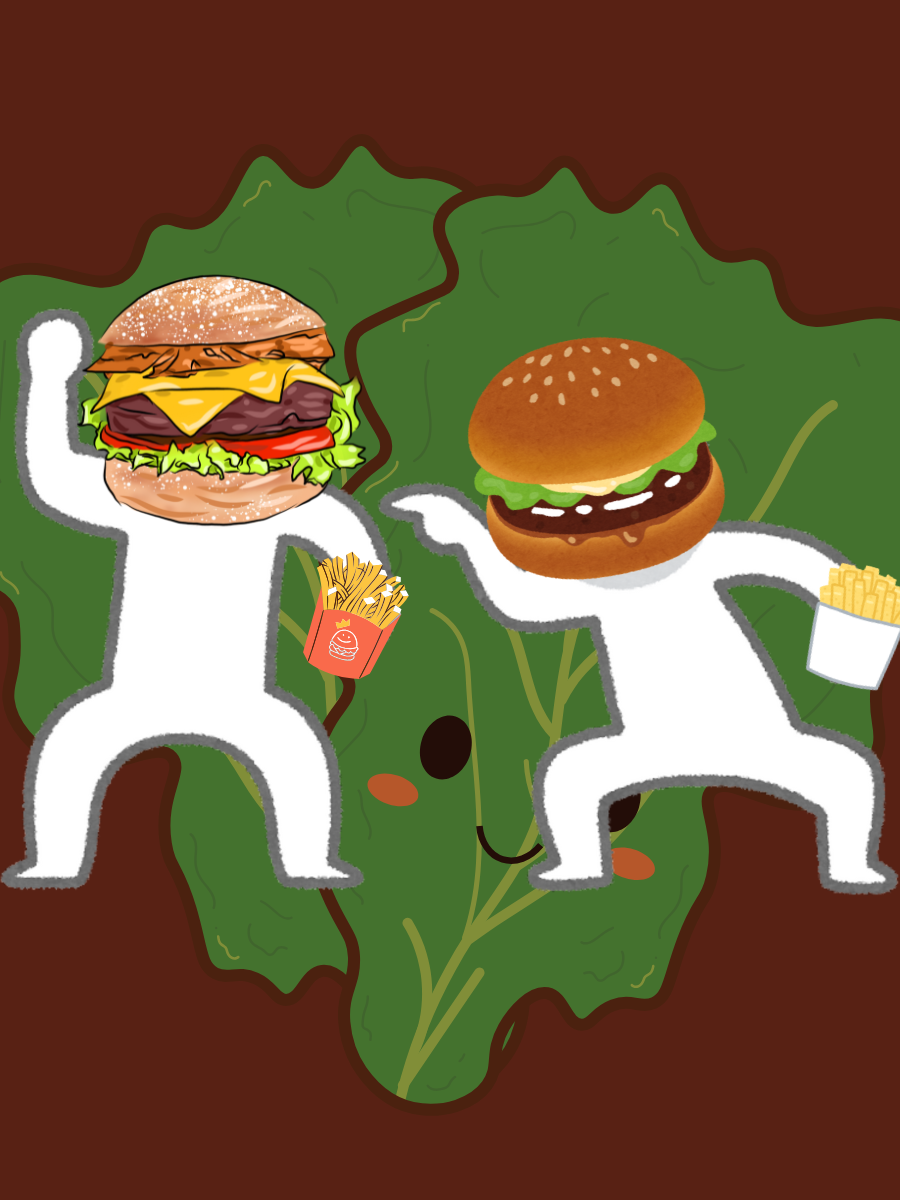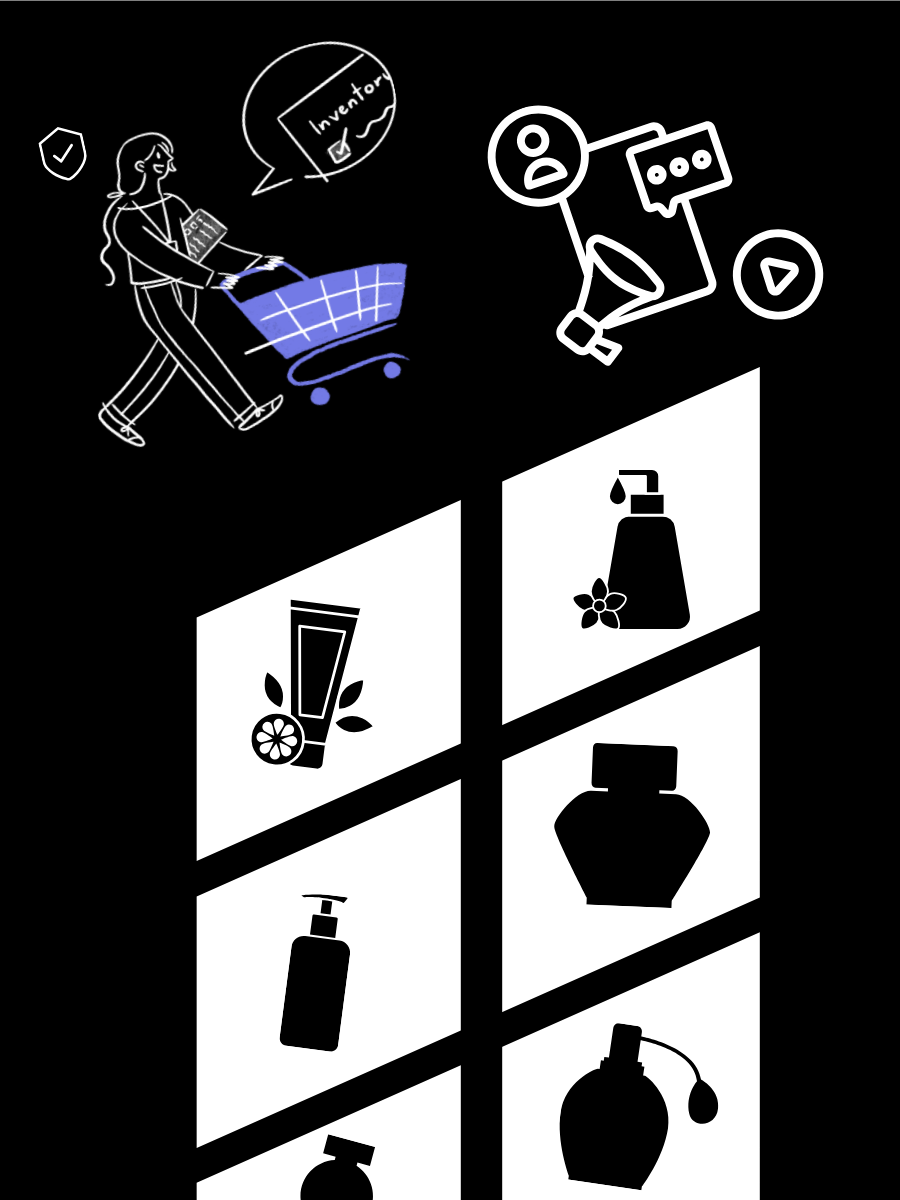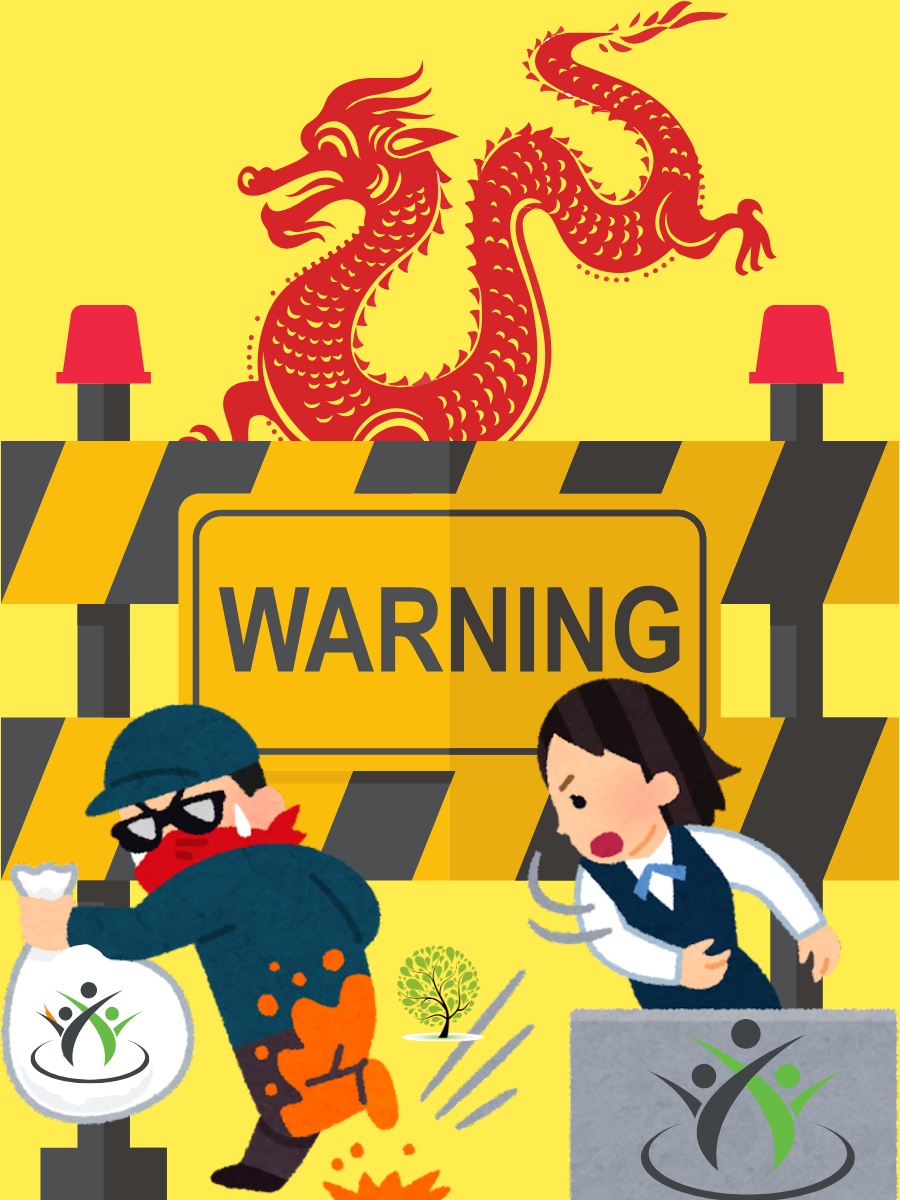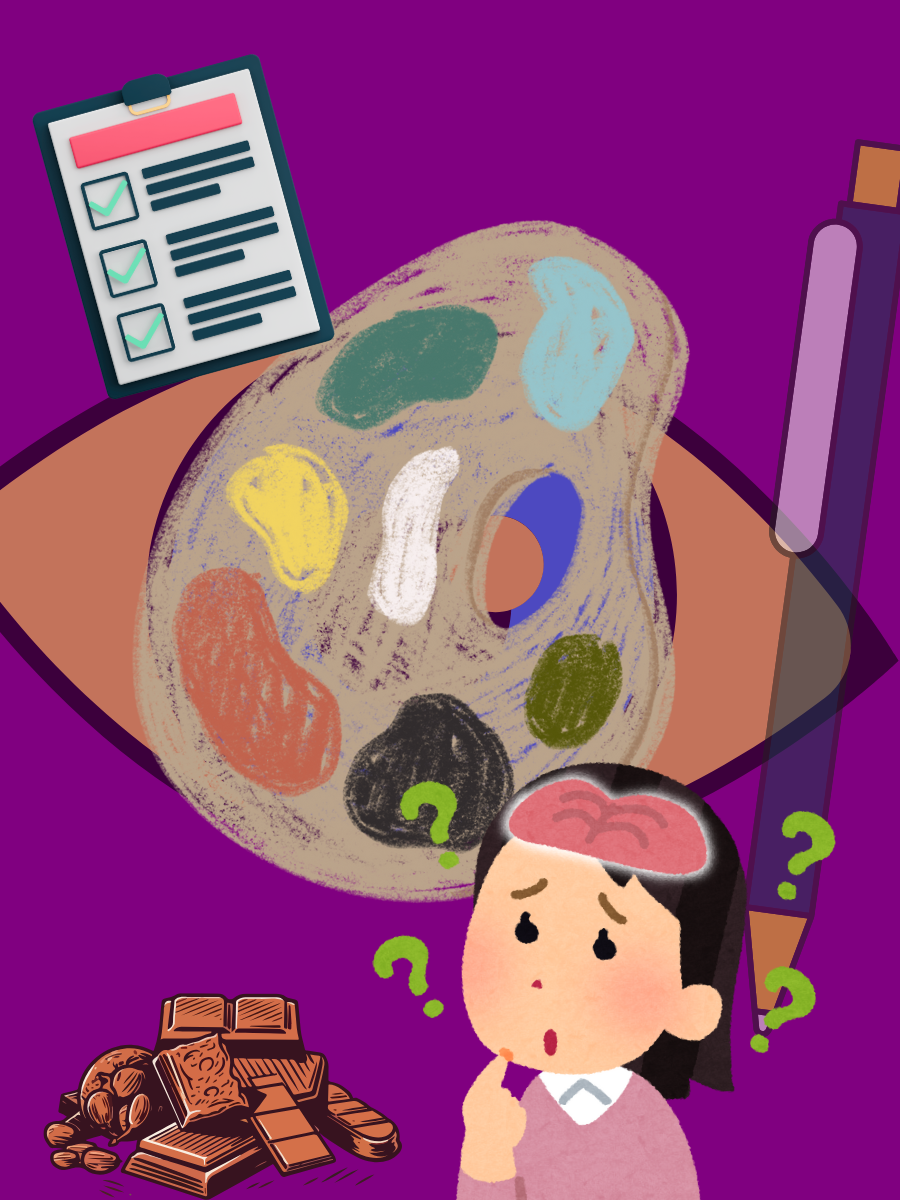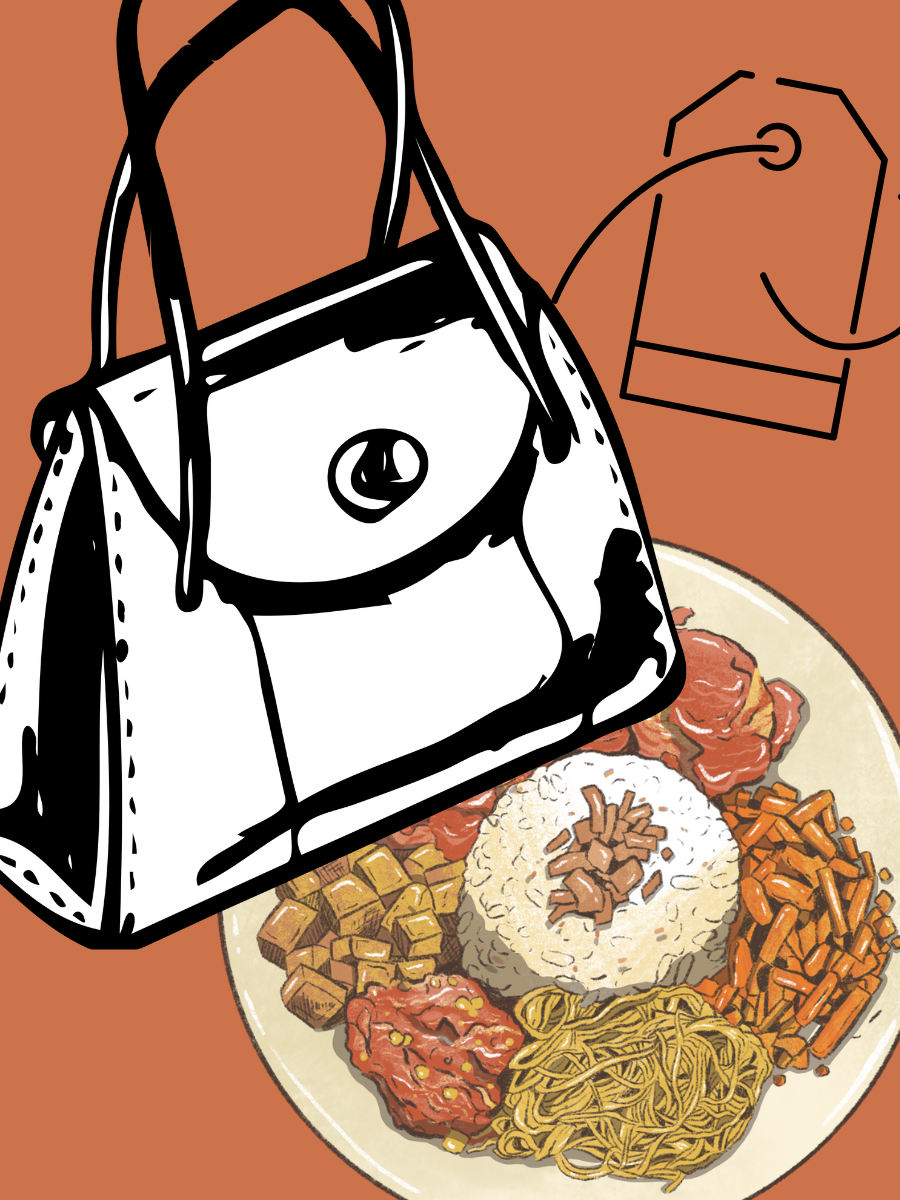Introduction
Protecting intellectual property can be dated back to the 16th century. Intellectual property law refers to legal security given to companies and individuals for their innovation, creation, and ideas. The Netherlands IP powerhouse began with a concept called “guilty pleasure” that granted exclusive rights to craftsmen and later evolved into a formal patent system like the 1910 Patent Law, aimed at economic growth and incentivizing innovations.
The Dutch Golden Age was a period that brought advancement in mapmaking, tulip cultivation, and Shipmaking. The Dutch East India Company was important in protecting trade routes and inventions, which developed the earliest form of intellectual protection rights. The innovation and technological advancement made the Netherlands develop a law to protect software, digital content, and trademarks in the digital era. As part of the European Union, the Netherlands had to work with other countries and develop laws that would protect IP law to protect cross-border trade. This blog post will help you understand how the Netherlands’ IP law protects creators as well as encourages innovations and ideas.
Origins of Early IP in the Netherlands
In the early 16th and 17th centuries, the Netherlands was a hub for printing and publishing. They followed a system called “printing rights, which gave exclusive rights to print and sell books for a set number of years, which helped them to make back their investment and helped them take risks on new authors. The Netherlands’ laws were designed in such a way that they protected the rights of publishers, encouraged authors, and also controlled what was being printed.
They had a system called guild systems. It comes from an old Dutch word, “gilde,” which refers to people who are from the same group and have the same kind of work. The guild system had prescribed rules for who could learn a trade and how it should be made, which helped them keep the standards high. It also helped them to protect their designs and unique method of craft.
VOC, which is “Vereenigde Oostindische Compagnie,” is a Dutch translation for Dutch East India Company. They followed strict trade rules and kept maps secret. Back then, when it was dog-eat-dog, the Dutch East India Company played to win by keeping their discoveries confidential to avoid competition, eventually shaping how they dominated the market and made huge profits.
Before introducing structural IP law, the Dutch followed the concept of proto-IP regulations, an informal method to protect ideas and inventions. Sometimes, guilds and city governments would have their own rules and privileges for inventors.
19th Century Codification and International Treaties
The 19th century was a period of significant change and modernization in Europe. The increase in industrialization and international trade led to the codification of IP law in the Netherlands. The Dutch Act of 1917 was the first time formal protection of IP was done. This act mentioned who would have access to patent rights and for how long, increasing innovation and investors in new technologies.
The Dutch Copyright Act of 1881 was the first to protect literary, scientific, and artistic works for a set period. However, it offered limited protection for photographs and performances, leading to the 1912 law that aligned with international standards. Joining the Paris Convention (1883) was the next important deal because it emphasized industrial property rights, trademarks, and patents.
Then comes the Berne Convention (1886), which was introduced to protect the rights of literary and artistic work. That is, your work would be protected in all the countries that have signed the treaty. From giving rights to specific groups to writing rules for all, this gave creators and innovators a good start.
The Dutch Copyright Act of 1912 was a big deal for creative work. It said that composers will automatically get copyright protection for their lifelines and 70 years after death. This covered work from books, sculptures, paintings, and music. This also includes deciding how their work was used, performed, and distributed.
European Integration and Modern Reforms
The Netherlands is part of the European IP system. Instead of applying in one country, inventors submit their patent applications through the European Patent Office. After the grant, the patent was validated in the country they applied. This reduced the cost and complexity.
Then comes the Dutch Patent Act of 1995, which was designed to match the standards of the EPO, which made the system accessible to foreign investors. This integration showed the economic and political realities of a unified Europe and a global world.
Digital Age and Current Challenges
Now let us delve into AI and its impact on intellectual property.
AI and Privacy: One of the biggest questions in AI and digital privacy is who has the copyright on AI-generated work. Is the programmer or the user who prompted the work using AI or is this non-copyrightable? Also, data is a fuel for AI-generated content; in that case, a question arises about the ownership and privacy of data. Fair compensation for creators in digital environments and automation is a huge concern. The Netherlands has faced major IP challenges in the digital era. These include adapting copyright laws to new technologies and addressing complex data ownership. It has also worked to balance rights holders’ interests with public access while promoting global cooperation.
Conclusion
Intellectual property law in the Netherlands has evolved from early printing privileges, guild systems, and technical advancements. Key laws like the Dutch Patent Act of 1917 and the Copyright Act of 1917 helped formalize protections. These acts paved the way for international agreements such as the Paris and Berne Conventions. Today, the digital era brings new challenges. These include AI-generated content, copyright issues, data privacy, and ownership. The Netherlands, though integrated with the European IP Framework, must still navigate these modern concerns. Navigating these challenges would foster innovation, protecting and encouraging creators in the coming year.
References
- Dutch Patent Act (Rijksoctrooiwet) – Netherlands Patent Office: https://www.rvo.nl
- Dutch Copyright Act of 1912 – WIPO Lex Database
- Paris Convention for the Protection of Industrial Property, 1883 – WIPO
- Berne Convention for the Protection of Literary and Artistic Works, 1886 – WIPO
- EUIPO – European Union Intellectual Property Office: https://euipo.europa.eu
- Hague Agreement Concerning the International Registration of Industrial Designs
- World Trade Organization – TRIPS Agreement
- P. van der Krogt, The Emergence and Development of Intellectual Property Law in the Netherlands, in The Oxford Handbook of Intellectual Property Law 211 (Rochelle C. Dreyfuss & Justine Pila eds., 2018), https://academic.oup.com/edited-volume/27971/chapter/211604373
- Adoption of Intellectual Property Laws Across the Globe: Timeline, Sun Water Institute,https://sunwater.org/adoption-of-intellectual-property-laws-across-the-globe-timeline/
- A Short History of Patents in the Netherlands and Europe, RVO.nl, https://english.rvo.nl/topics/octrooien-ofwel-patenten/over-ocnl/history
- Timeline of Privileges Regarding the Commercialization and Use of Inventions, Knowledge Ecology International, https://www.keionline.org/timeline-of-privileges-part-1-before-1980


